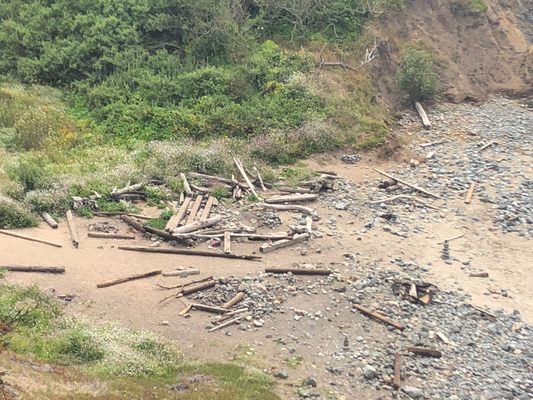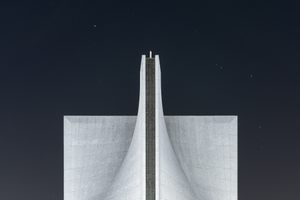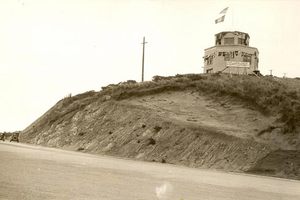About
With its combination of dense fog, strong tidal shifts, and dangerous rocks just below the water level, the narrow entrance the San Francisco bay created the perfect conditions for shipwrecks.
From the city's Gold Rush days to the turn of the last century, the vibrant economy of San Francisco was fueled by international shipping, and the treacherous waters of the shipping channel between Land’s End and the Marin Headlands claimed over 300 ships.
Among the costly and horrifying wrecks, the wreck of the SS City of Rio de Janeiro was by far the worst. On February 22, 1901, she passed through the Golden Gate en route to San Francisco from Hong Kong, and hit the Mile Rock in heavy fog. She sank quickly, and in 8 minutes she had taken with her approximately 130 of the 210 people on board, including her captain, William Ward. The 82 who survived clung to wreckage and were rescued by an Italian fisherman. For several years after the wreck, bodies washed up on shore at Fort Point. This tragic loss inspired the building of Mile Rock Light, a lighthouse designed to stop future disasters in the narrow channel.
Although hundreds of ships sank and many of them are still at the bottom of the channel, three are currently visible from Land’s End: the Ohioan, the Lyman Stewart, and the Frank Buck.
The SS Ohioan, an American-Hawaiian Steamship Company cargo boat turned Navy ship during World War I, ran aground in the early morning of October 8, 1936, near Seal Rock. As the dense fog cleared, the Coast Guard worked to rescue the harbor pilot but the crew stayed, hoping that high tide would free the ship. Over the next few days, a crowd gathered to watch as every idea was put in motion to salvage the ship, but none were successful.
The Lyman Stewart and the Frank Buck were tankers built in the same shipyard and wrecked in the same channel. The former ran aground in 1922, and the latter joined her there in 1937. Both wrecks were partially demolished with dynamite in 1938, but their engines are still visible at low tide.
Related Tags
Community Contributors
Added By
Published
July 20, 2012




























